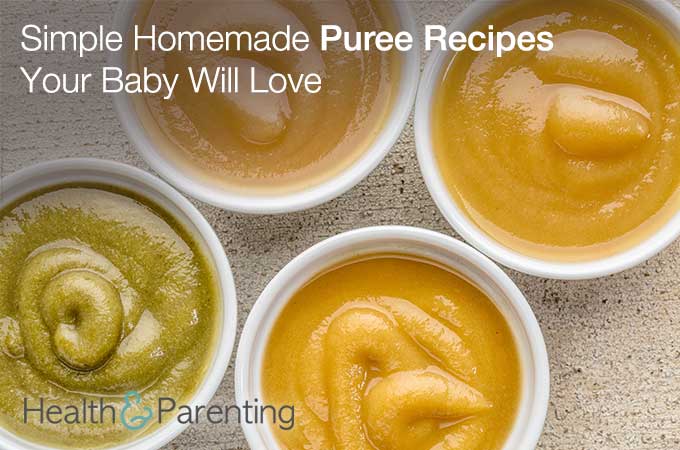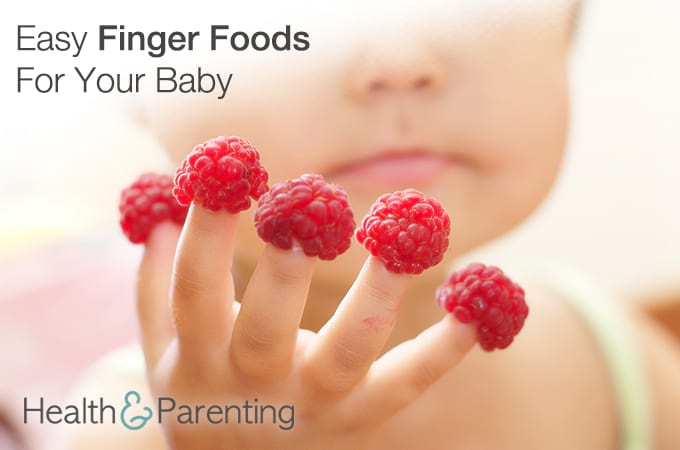By now, your baby is probably quite the little adventurer when it comes to solid foods. He or she has so enjoyed learning how to eat, and gets super excited whenever you place something new on the plate.
As the weeks go by, your baby will be eating even more solid foods, slowly weaning from the breast or bottle as they get more of the nutrients they need from the food you are serving up. As this trend continues, they will even begin pointing to solid food options and making requests.
Just the start of the snacking in your future!
In general, it is a good idea to have a feeding routine that keeps both you and your baby on a schedule. In this way, you can ensure your baby is getting what he or she needs, and you can keep snacks from filling your baby up before mealtimes.
But every now and again, snacking is just too tempting to avoid! So what should you be giving your baby when he or she starts pointing at solids while you work to cook dinner?
A good option is always some kind of fruit or vegetable; something you would be just as likely to give them during mealtimes. A cut up banana, for instance, or some cooked sweet potatoes.
Another way to go is with snacks that promote dexterity. Plenty of organic brands now offer rice puffs in a variety of flavors, for instance. These can be scattered on a high chair tray, giving your baby a solid 15 minutes of entertainment and snacking as he or she works to scoop those puffs up.
A soft avocado cut into small pieces might do the trick. Or perhaps a few bites of the toast you were snacking on yourself.
Salt-free Pretzels can be a great food item to carry with you for emergency snacking situations, and teething cookies can help to provide a distraction from the pain of newly cutting teeth.
Another thing to consider is giving your baby a chance to experience different temperatures while snacking. Have you ever considered freezing carrots? While it may not be your preferred method for eating your orange vegetables, teething babies tend to really enjoy this unique treat. And a frozen carrot is something they can gnaw on for quite a while—a guilt-free snack that will keep them occupied and satisfied while you finish what you’re doing!
Healthy snacking for a baby really isn’t much different from mealtime for a baby: when possible, you want to stick to fresh, whole foods, avoiding anything that is overly processed. Snack in moderation, and look at these as times your baby can further develop his or her palate.
Written by Leah Campbell, infertility advocate, adoptive mama, writer and editor. Find me @sifinalaska on Twitter.
This information is not intended to replace the advice of a trained medical doctor. Health & Parenting Ltd disclaims any liability for the decisions you make based on this information, which is provided to you on a general informational basis only and not as a substitute for personalized medical advice. All contents copyright Health & Parenting Ltd 2016. All rights reserved.












